Back in the 1990s the TNC2Q got famous for packet radio. TNC2Q which was build by DF9DQ and distributed by OV O28 in those days. As a member of O28 I was in the lucky position to build one TNC2Q my own. That was the start of my ham radio hobby. "More than 20 years later, the revival of packet radio - the new packet radio - is here. F4HDK did a great job, so lets support this." were my thoughts last year. It took too long, but now I can share my new project, the NPR-H.
I started to create a wish list.
- To reduce RF cables it would be good to have the modem close to the antenna, so I decided for a network interface including PoE. Any standard PoE Port or injector can run the modem.
- An external PA and setup is a bit clumsy, so i wanted an internal PA. On 70cm, 1 .. 5 Watts would probably be enough, so I decided on a power amplifier chip.
- An LNA is also good to have, so lets go with that in ISM Band.
- To be compatible, the MCU and RF Chip Si4463 must be the same.
- Because of high power would probably need an RF switch that is capable of switching 10 Watts without too much insertion loss.
After a lot of research, appnotes, I created a hardware. Well... this is not the first, probably also not the last, but the (for now) final one which fulfills my wish list.
PCB Model
On the lower left, you can see the magnetic ethernet jack, which splits PoE and Ethernet. The lower part is the entire power supply. Top left is the network area, middle the MCU area and top right the RF part.
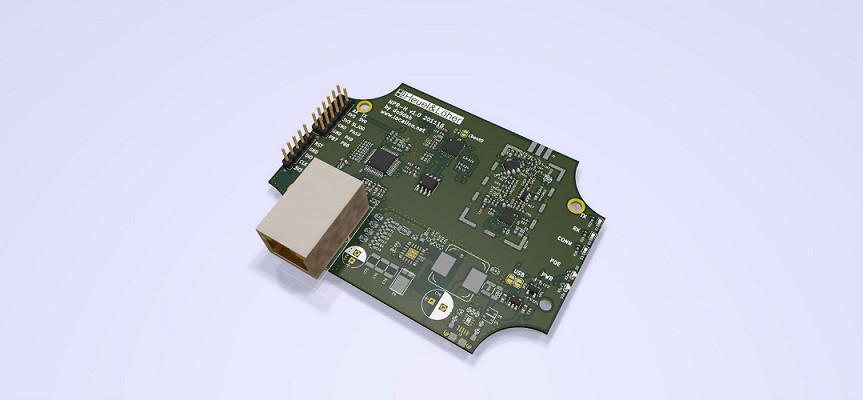
I ordered the PCBs, got them 2 weeks later and then... well... had to assemble it. Its not my favourite part, but it had to be done. Its good to have one of those days where you cannot not sleep well... and as "the early bird catches the worm", I got up in the middle of the night and started to build it.
During night...
During these times, I enjoy building things. Very few people are awake, there is no noise, there are no cars driving around. I switch on music at low volume, listen to it and have all night long to build it. There is no rush, there is no one calling me, asking me anything, no emails, no signal messages...
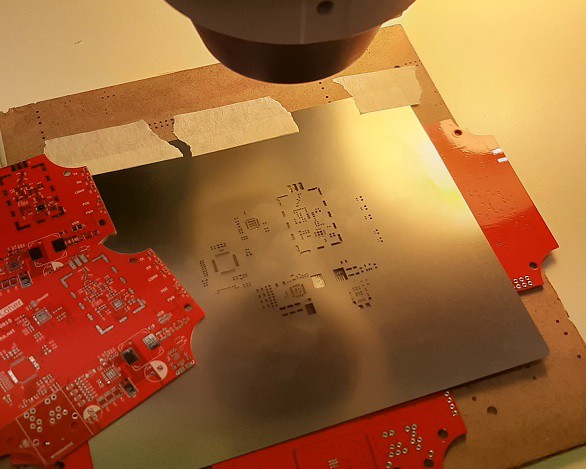
After more than 200 SMD parts I checked the PCB once more. Tuned the music to Dire Straits and backed the whole thing. I have my own little oven to do so. Its covered with chamotte, so it keeps the heat very well. A K-type temperature sensor feeds the actual temperature to a control board which regulates AC voltage. After approximately 400 seconds the process ends, and I could assemble the remaining non-SMD parts.

First Tests...
I checked the voltage, current consumption, connection to STM, measured the RF parameters like S-Parameters, and flashed the firmware. But... nothing happend. LEDs were on, but other than that: SILENCE.
What happend? As I knew not much about the firmware yet, I started to dig into that. Did a lot of debugging and realized that the network PHY/MAC controller was not connected properly. So I had to fix that.
...well this sounds like:
12:01 PM "damn, its no working."
12:02 PM "well lets fix it."
12:05 PM "oh, its that issue" - "lets fix it" -
12:10 PM "done."
but its actually not. It was a pain. It took me several days to realize the missing connections on my PCB. The reason was not me working at night or beeing too unconcentrated, it was ambiguous information in the data sheets and appnotes. And I just saw the wrong one...
Make a second one...
Well, back to topic.
After I made one work, I made a second one work. Because NPR requires one master NPR-H and one client NPR-H. So I connected each one of them to a PC with DHCP network interface and pinged each other. Success!

Make a another revision with PA...
After I made it work I revised the version and added a power amplifier. That PA has an op1dB of 29 dBm. Measuring and optimizing the S-Parameters brought the TX power to 25 dBm output. The LNA gain is set to 13 dB. In this screenshot you can see the second harmonic to be lower than 53 dBc when measured...
Read more »




 Lucy Fauth
Lucy Fauth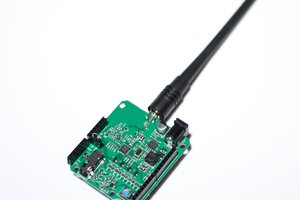
 Casey Halverson
Casey Halverson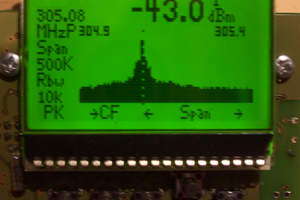
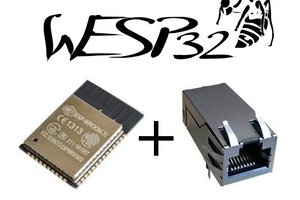
 Patrick Van Oosterwijck
Patrick Van Oosterwijck
I like, perfect match for what I have in mind. I am assuming we can keep it below 100KHz bandwidth because here in the US that's the law for 70cm, but not so on 918MHz, any way of getting one up there?